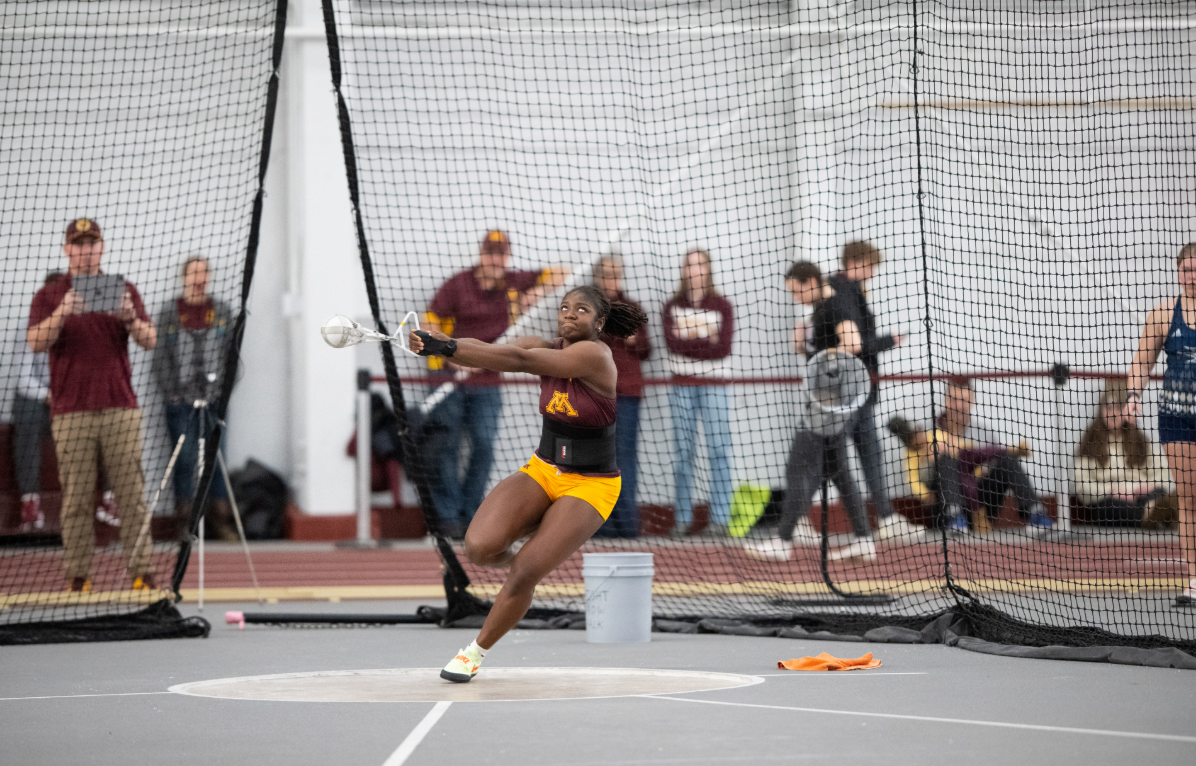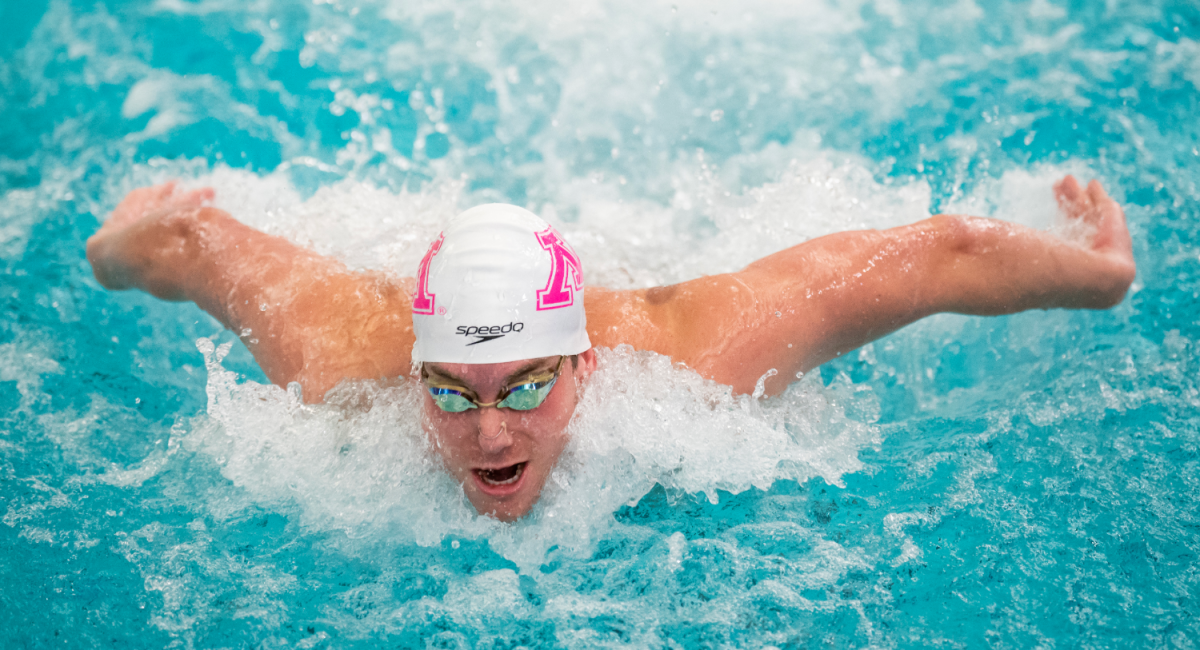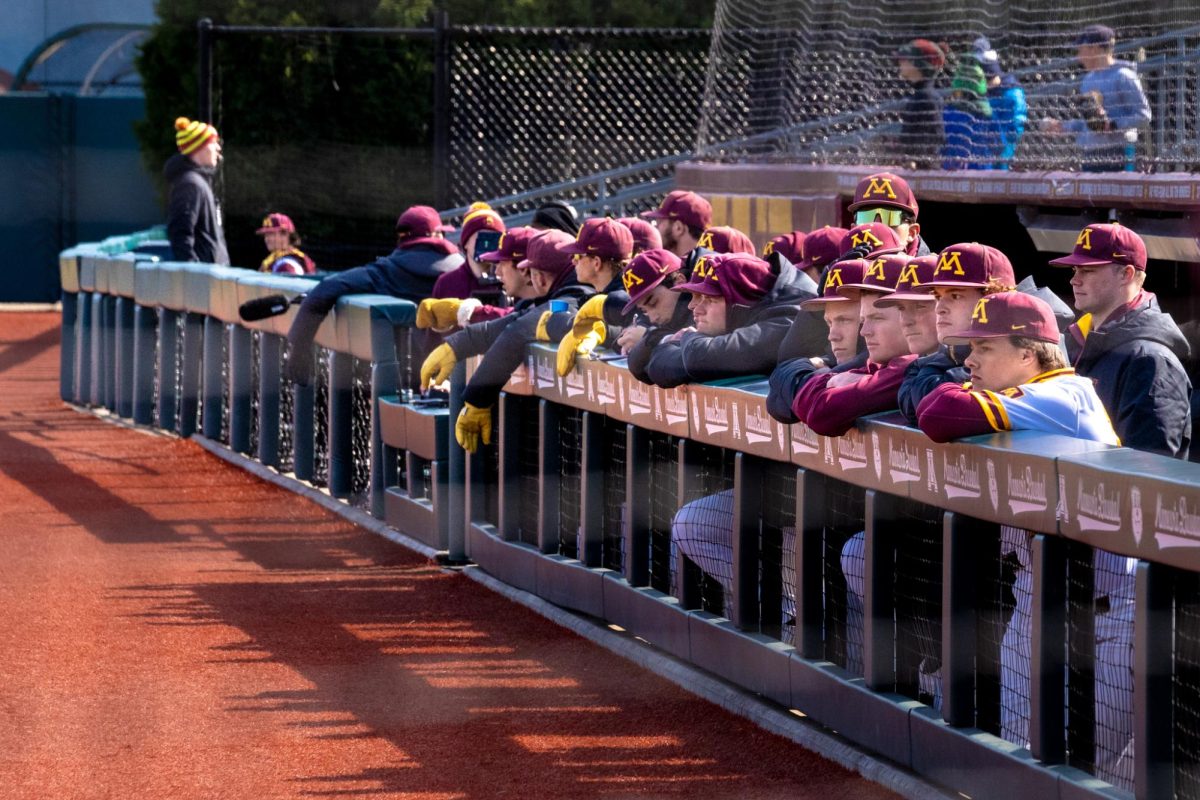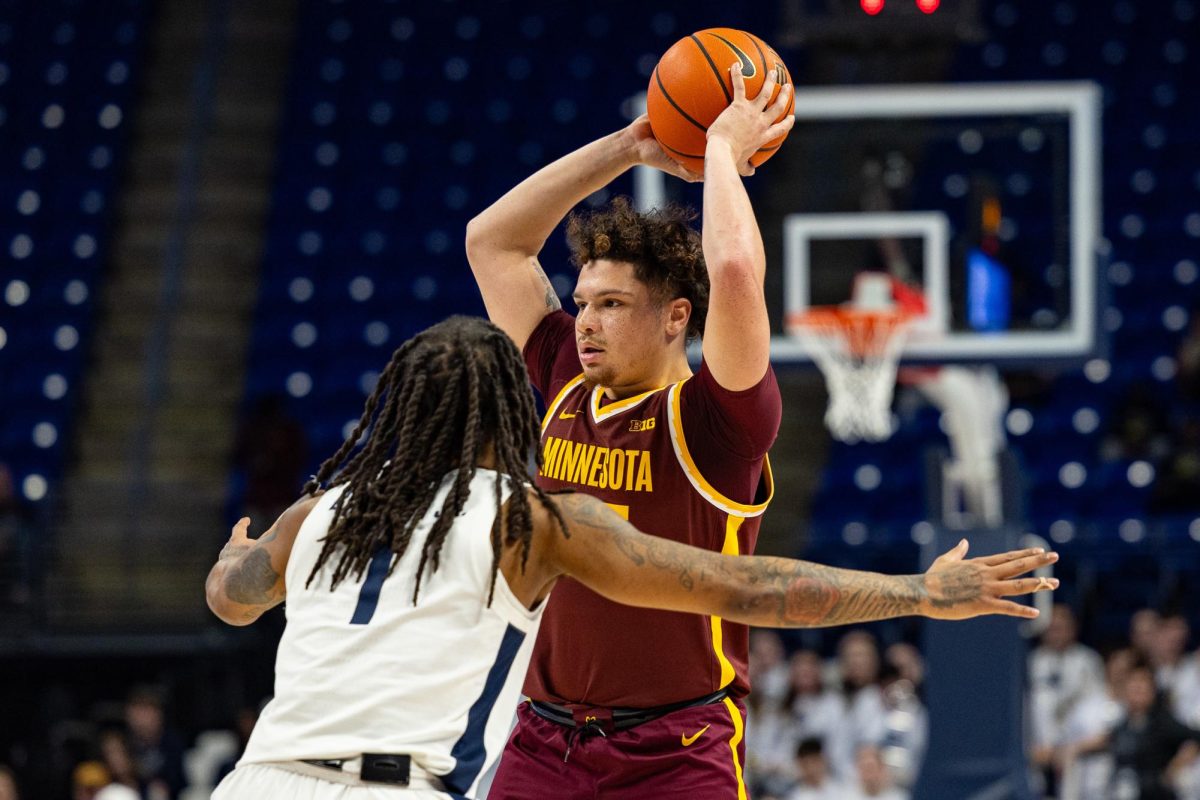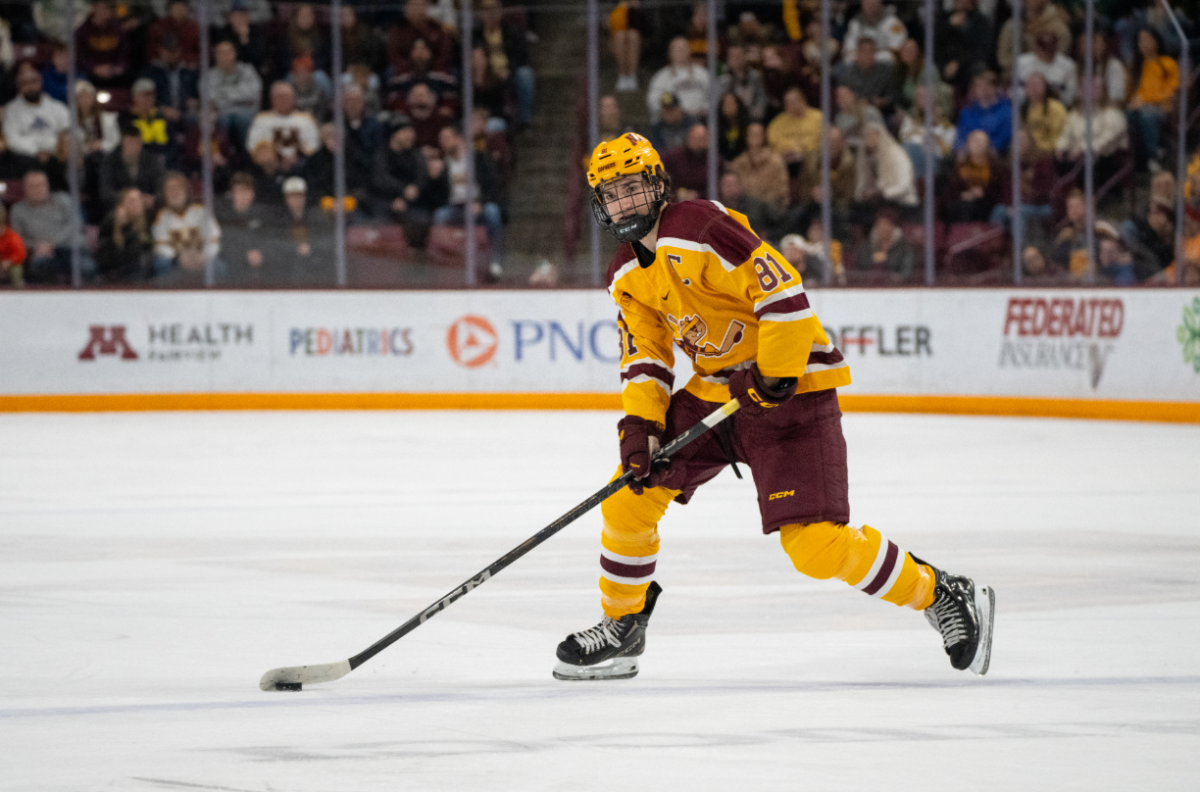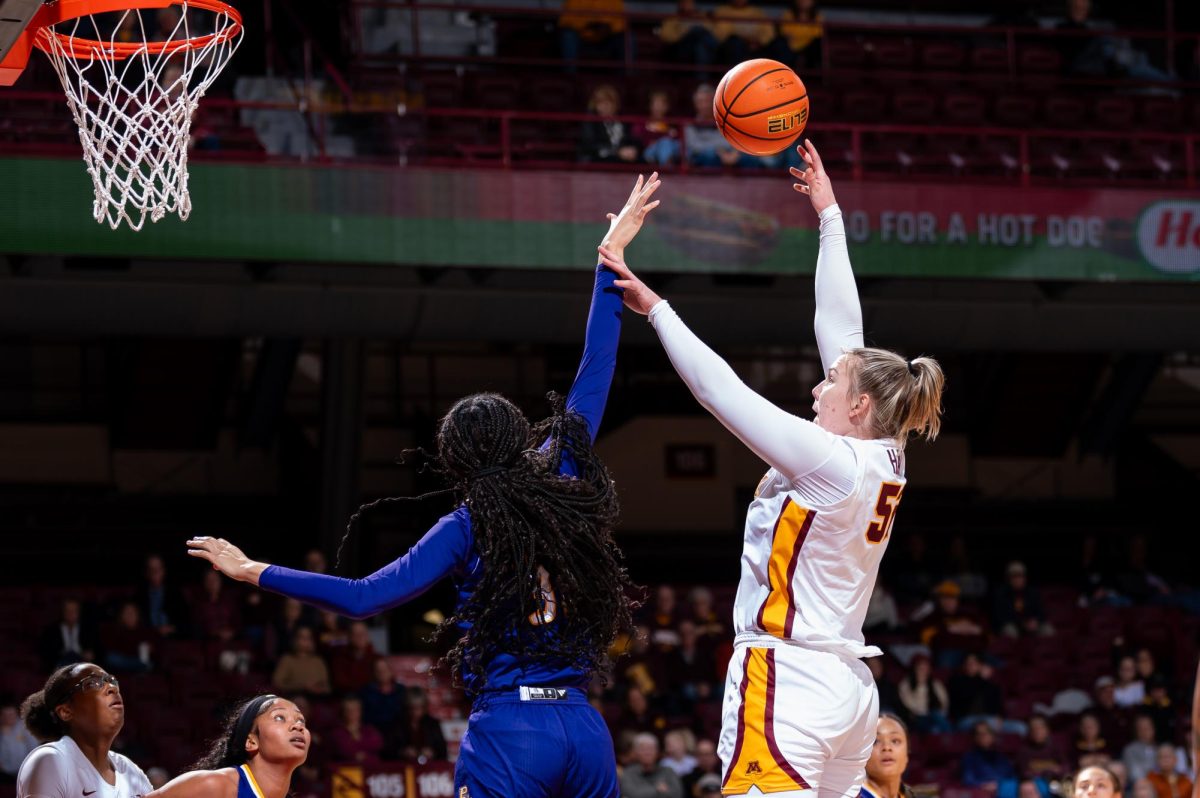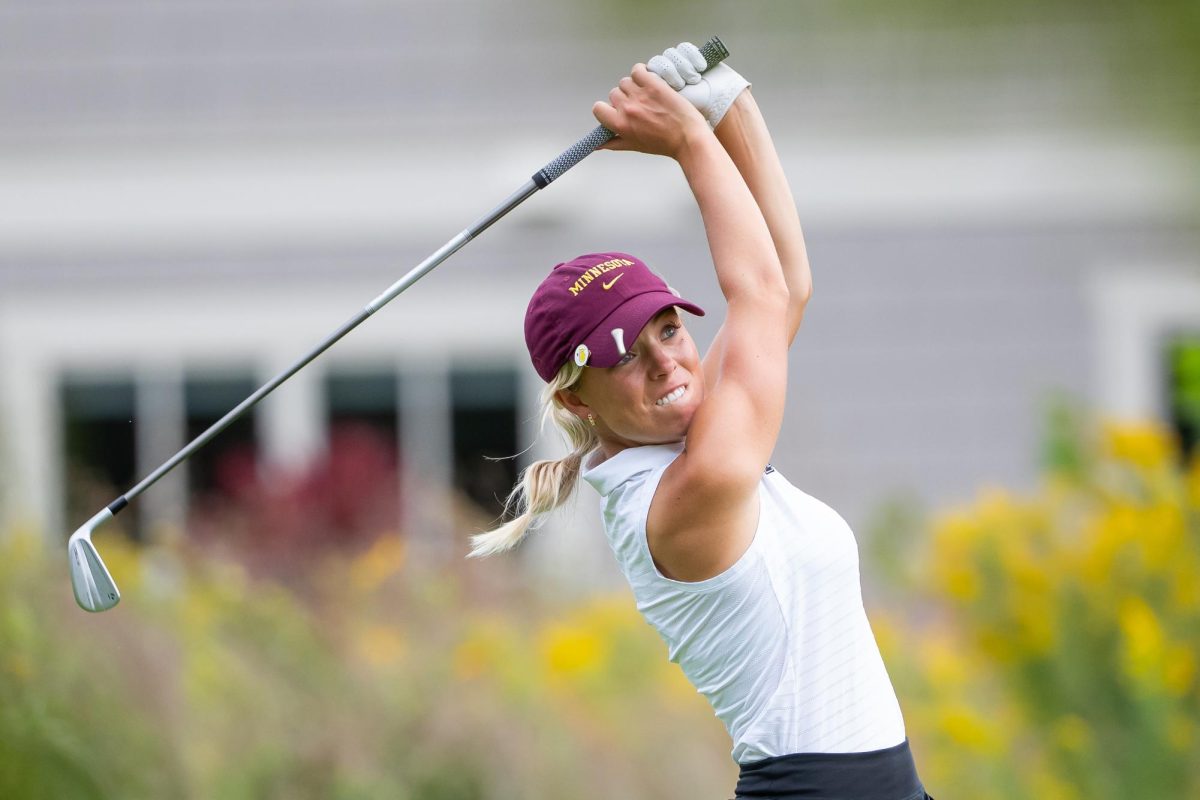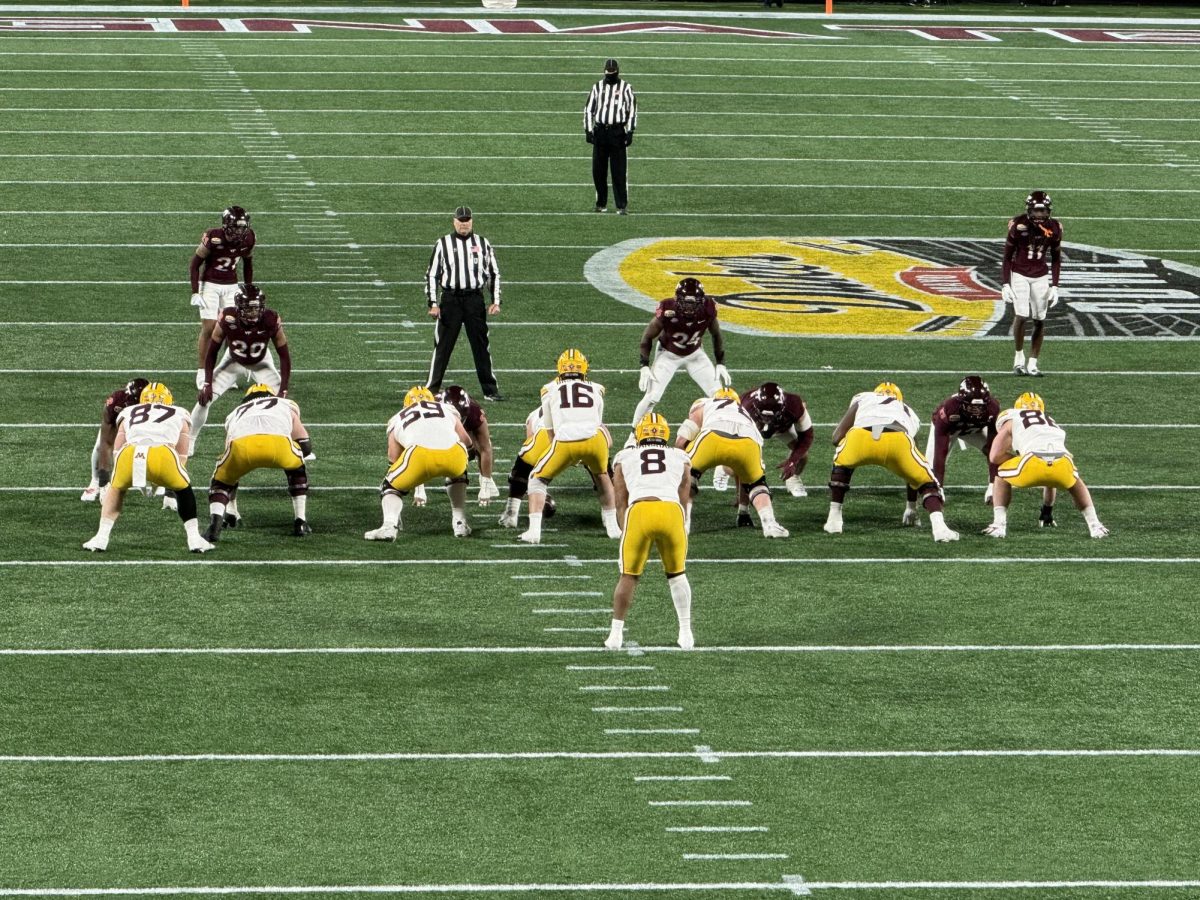Assistant coach Cassie Drozynski said the team looks for the usual in its recruits. The Gophers look for height, competitiveness and athletes that love to workout.
One thing is unusual, though — the team relies on welcome week for filling out the roster.
At least seven of the 15 women’s rowers who responded to a survey said they found out about the team from first-week student orientation, where there was a total of 35 athletes on the roster. Minnesota also has a novice boat, dedicated to athletes on its team who are unfamiliar with the sport.
“They go from having never seen an oar before, to competing in the most competitive conference in the nation in the span of nine months,” Drozynski said.
Athletes on the roster have found out about the team from fliers and word of mouth. Others, if they rowed in high school, are recruited by the coaching staff.
Bee Lovick, a senior varsity rower from Melbourne, Australia, was recruited her senior year of high school by Minnesota who showed an interest in her.
“I communicated with the coaching staff and they told me about the program and Minnesota, and I was sold,” Lovick said. “I also wanted to be a part of a team that had potential, and I wanted to be a part of a team where I would see improvement.”
The Minnesota coaching staff also reaches out to potential recruits before they get to campus, after seeing videos of the high school rowers compete.
Freshman Darcy Jennings is from London and made her way to Minnesota after going through a British agency, which helps students get scholarships to U.S. universities.
Varsity rower Rylie Wargo has a family history of rowing, giving her some background knowledge that led her to fill out an online questionnaire on the women’s rowing page of Gophers Sports.
“Long story short, the coaches contacted me and I ended up here,” Wargo said. “People have said that rowing is the ultimate teams sport, so the relationships you build are lifelong. It’s truly amazing being on this team and to know that my teammates have my back and they know I have theirs.”
Oftentimes, the coaches look for athletes with a taller build because they have an advantage to make longer strokes.
Prospective rowers must also understand the physical demand the sport requires. Though not much technique is involved, rowers must train for the endurance to compete at high intensity for about six to seven minutes, the average time of a 2000-meter race.
Minnesota had two first-place finishes with its varsity boats at the Cardinal Invitational on the weekend of March 18. The first novice eight boat, made up of rowers who are still learning about the sport, finished second among four boats in their race at the Cardinal Invitational.
Now, the Gophers set their sights on the Doc Hosea Invitational in Cherry Hill, New Jersey on March 31.
“It’s always fun as a coach to learn more about the sport by teaching it from scratch year after year,” Drozynski said. “The most rewarding part of my job, and this role, is watching the athletes that I work with grow and develop as rowers.”


